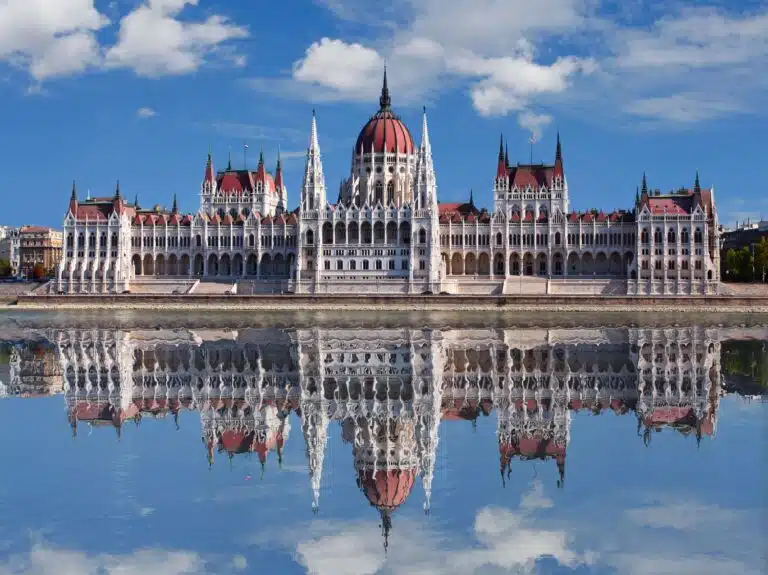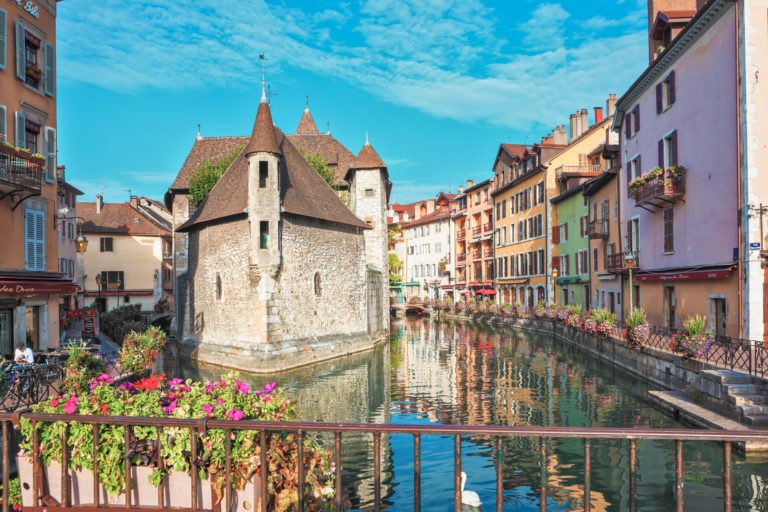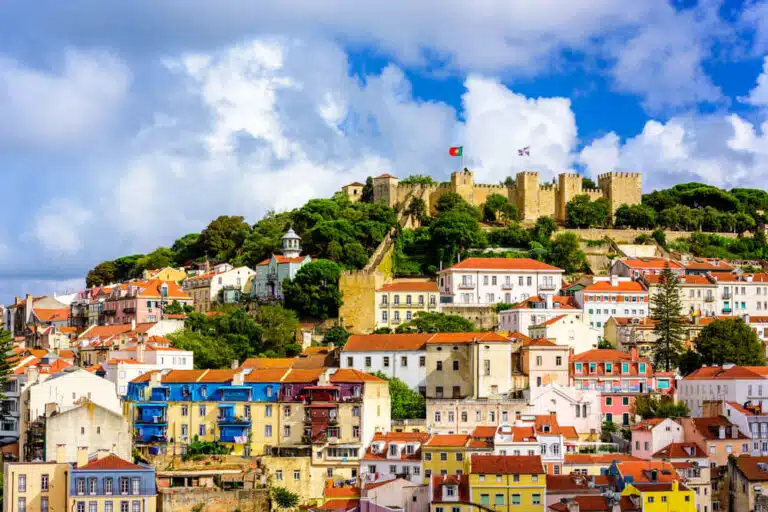Is Italy in Europe? The EU? OR The Schengen Area?
The more we dive into the world of travel. The more curious we become about places with different cultures, landmarks and cuisines to that of our own.
Perhaps, our interest sparked from a TV show or an online video. Either way, knowing where each destination you plan to visit is located is an extremely important task.
One country that sparks the interest of many across the world is Italy. Known for its rich history, stunning architecture, delicious food and wine, Italy has become a top tourist destination!
But…where is Italy? Is Italy in Europe? The EU?
OR…Is Italy a Schengen Country?
In this article, we are going to dive deep into Italy’s location, and the impact it has on travel and the world.
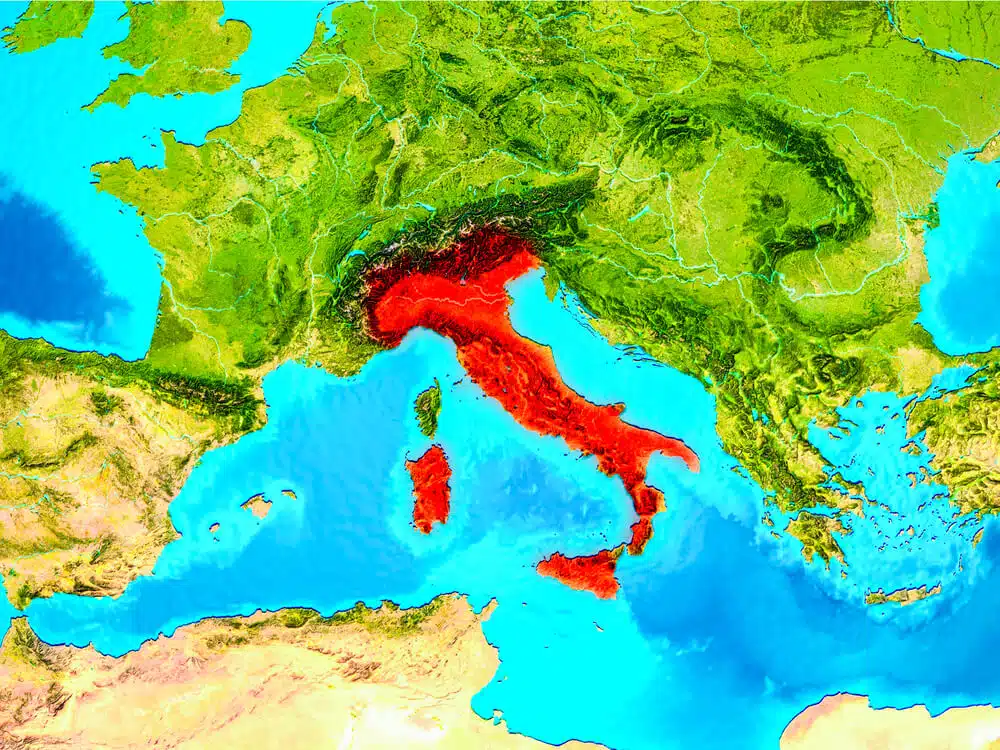
Is Italy in Europe?
Yes, Italy is very much part of the continent of Europe. It is located in the southern region of Europe, bordered by France, Switzerland, Austria and Slovenia. It is also famous for having access to the Mediterranean meaning it is a loved location for those wanting to enjoy a holiday in the sun.
Italy is often referred to as the ‘boot of Europe’ with its unique shape. So, if you are ever struggling to locate Italy on the map make sure to look out for the boot 😉
Is Italy in the EU?
Yes, Italy is a member of the European Union (EU). This means when you travel to Italy from another EU country, you do not need to go through customs or show your passport. This makes it easier for travellers within the EU to explore and experience different cultures.
Is Italy a Schengen Country?
Indeed, Italy is a part of the Schengen Zone. The Schengen Zone is a region comprising 26 European countries that have a travel agreement. Meaning, that those planning a trip to one or more of these countries do not need to apply for a separate visa for each country they visit. They can travel freely within the Schengen Zone with just one visa. However, they must not stay for more than 90 days in any 180-day period. Making Italy the perfect addition to any European itinerary.
Does Italy use the Euro?
Yes, Italy uses the Euro as its official currency. Adopted in 2002, the Euro replaced the Italian Lira, facilitating easier trade and travel between Italy and other Eurozone countries.This makes visiting Italy from other European countries much easier as it eliminates the need to exchange currencies.
What impact did Italy have on Europe?
Not only is Italy in Europe, but the country had a massive impact on how the continent was shaped in terms of art, literature, and science.
The Renaissance was born in Italy, along with world-famous artists such as Leonardo da Vinci and Michelangelo who had a great impact on history from their world famous works of art.
The Roman Empire was also created in Italy, one of the most powerful civilizations of the ancient world. The modern world is still inspired by their laws, architecture, and engineering.
Italy has also played a vital role in European politics and trade over the years.
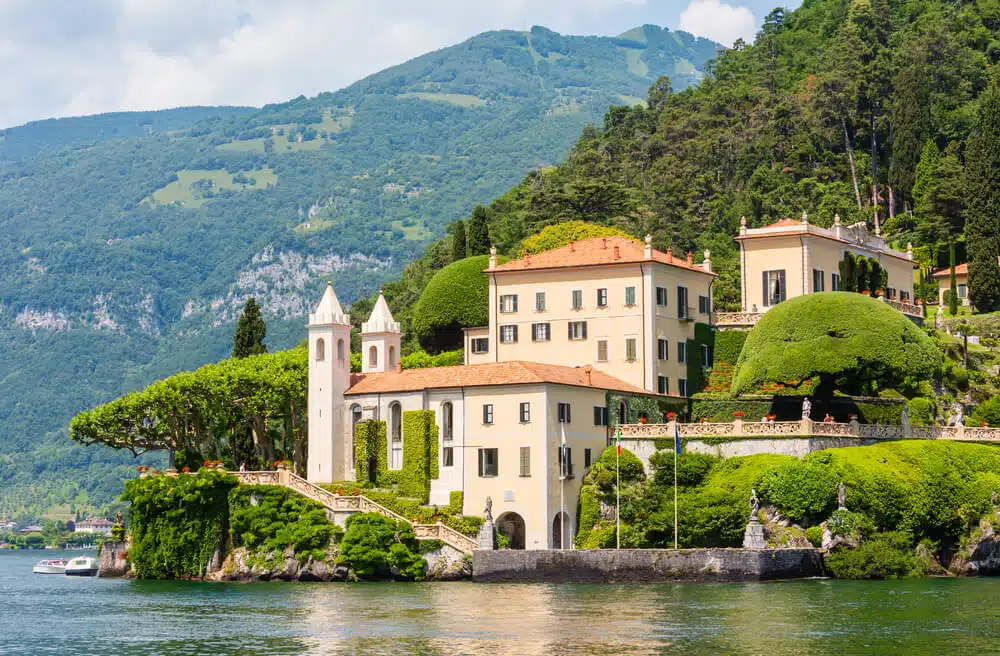
Geography Facts About Italy
- Italy’s Coastline: Italy is surrounded by five seas – the Adriatic Sea, the Ionian Sea, the Tyrrhenian Sea, and the Ligurian Sea. This makes Italy’s coastline one of the longest in Europe. It also means that Italy is the ideal destination for beach lovers and water sports enthusiasts.
- Active Volcanoes: Italy is home to three active volcanoes – Mt. Etna, Stromboli, and Vesuvius. It is however important to note that the eruptions are infrequent and closely monitored.
- Mountainous Terrain: Not only does Italy have a great coastline, but it is also a mountainous country, with the Alps in the north and the Apennines running down its length. The highest peak in the Italian Alps is Mont Blanc which shares its border with France.
- Great Ski Destinations: As you can guess, with Italy’s mountain ranges, it’s also a fantastic place for skiing and winter sports. Some popular ski destinations in Italy include Cortina d’Ampezzo, Val Gardena, and Madonna di Campiglio.
- Island Nation: Italy has over 450 islands, the largest of which are Sicily and Sardinia.
- Another Country in the Middle of Italy: The Vatican City, located within the city of Rome, is the smallest independent country in the world. Home the the Catolic Church, and famous landmarks such as St. Peter’s Basilica and the Sistine Chapel.
- Lakes Galore: Italy has over 1,500 lakes across its territory. Some popular ones include Lake Como, Lake Garda, and Lake Maggiore. Making Italy a popular destination for those in search for watersports and/or some relaxation.
- Famous Historical Sites: Italy is home to some of the most famous historical sites in the world, from the Colosseum to the Leaning Tower of Pisa, and the ruins of Pompeii. These sites attract millions of tourists every year. All hoping to catch a glimpse of them with their own eyes.
- Varied Climate: Owing to its diverse landscape and geographical location, Italy has several different climate zones ranging from Mediterranean in the south to alpine in the north. The diversity of Italys climate really helps it’s tourism industry boom. It is a heaven for adrenaline junkies, nature lovers and history buffs.
- Culinary Delights: Italian cuisine is renowned worldwide, and for good reason. Famous for being the birth place of pizza. Serving some mouthwatering gelato and an array of dishes that would satisfy any food lover’s taste buds.
Is Italy in Europe: FAQ
Is Italy considered Europe?
Yes, Italy is considered part of Europe. It is situated in the southern region. It is a very popular European country for tourism. In fact, I highly reccomend you add at least one place in Italy to your Europe Itinerary.
What country is Italy under?
Italy is a sovereign nation and is not “under” any other country. It is a founding member of the European Union, and a member of the United Nations, NATO, and other international organizations. Therefore, while it collaborates with other countries in these multinational entities, it maintains its own autonomy and government.
What are the 3 capitals of Italy?
Italy does not have three capitals in the traditional sense. However, it does have three cities that are often referred to as the “three capitals”: Rome, which is the official political capital and houses the seat of the Italian government; Milan considered the economic and financial capital due to its business and stock exchange; and Florence, which is often viewed as the artistic and cultural capital because of its rich history in arts and culture during the Renaissance period.
What is the capital of Italy?
The capital of Italy is Rome, a stunning city that is worth visiting! In fact, it is one of the most impressive cities in Europe, home to the iconic Colosseum, Vatican City, and the Trevi Fountain to name a few. The city’s impressive architecture makes visitors feel as if they are walking around a real-life fairytale and while the city see’s it’s fair share of tourists each day, there still remains to have some incredible secret spots that see a fraction of the crowds.
| Related Post: Is Rome Safe? |
What is the biggest city in Italy?
Not only is Rome Italy’s capital it is also the largest city in the country. In both size, and population.
Which currency is used in Italy?
Italy uses the Euro (€) as its official currency. The switch from the Italian Lira to the Euro took place on 1st January 1999, with the Euro becoming the primary currency for all transactions within the European Union.
Is Italy in France or Europe?
Italy is a country located in southern Europe. It is not in France; rather, France is a neighbouring country to the west of Italy.
What countries border Italy?
Italy shares its borders with several countries. To the northwest, it is bordered by France, while Switzerland and Austria can be found to the north. Slovenia lies to the northeast. Furthermore, Italy’s enclaved microstates, San Marino and Vatican City, constitute two other independent nations within the Italian peninsula.
What time zone is Italy in?
Italy operates on Central European Time (CET). This time zone is 1 hour ahead of Coordinated Universal Time (UTC+1). During the summer months or daylight saving time, Italy switches to Central European Summer Time (CEST), which is UTC+2. Timekeeping in Italy is consistent with the standards observed across most European countries.
Is Italy easy to get around?
Yes, Italy is known for it’s fantastic rail service, in fact, I used mostly trains (expect for the odd taxi in Rome) after spending a month travelling around the country as part of a wider Europe backpacking trip.
Conclusion: Is Italy in Europe?
To summarise, yes, Italy is in Europe. It is a country located in southern Europe and shares borders with France, Switzerland, Austria, Slovenia, San Marino and Vatican City. So if you’re planning a trip to Italy, you can rest assured that you will indeed be travelling to a country in Europe.

